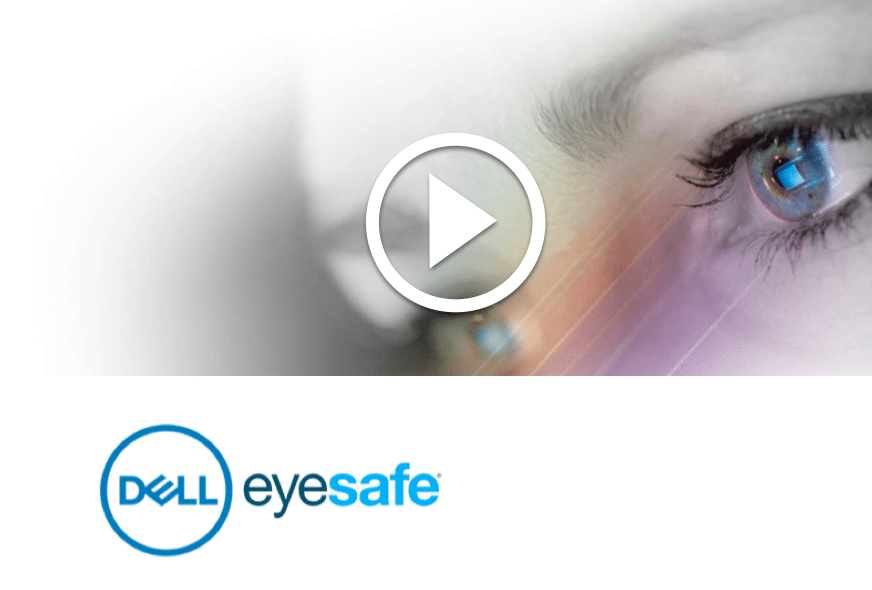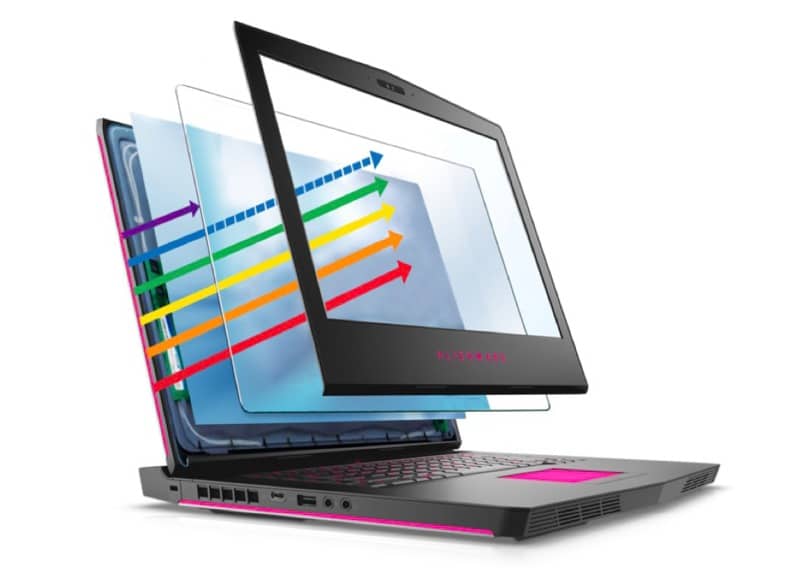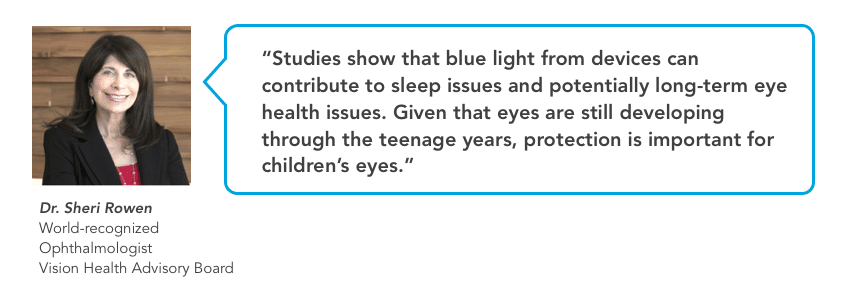Healthe and Dell Collaborate with Leaders in Healthcare to Protect From High-Energy Blue Light
At CES 2019, Dell and Healthe previewed innovative protection from high-energy blue light – In the span of a decade, technology has transformed our daily lives. Computers, smartphones and tablets are not just work tools, but constant links to work, entertainment and virtual spaces. Today average screen time is 10.6 hours per day (1). With our increasing use of digital devices, some concerns arise about the effects of this lighting technology on the eyes and overall health.
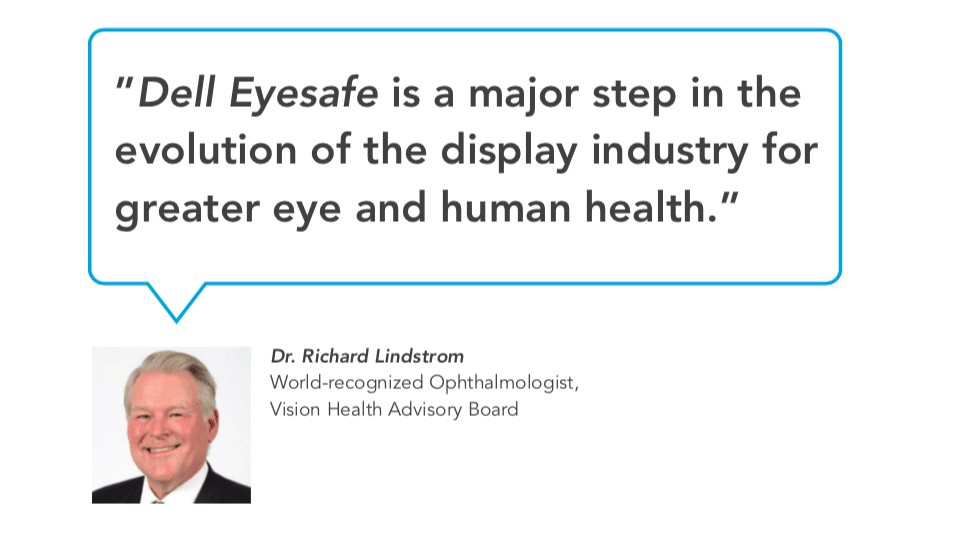
“The blue light spectrum is an especially intense band of light energy reaching the retina of the eye,” explains Dr. David Friess, OD, FAAO. Dr. Friess leads the Vision Health Advisory Group. “A large and growing body of research shows that cumulative exposure to blue light can result in circadian rhythm sleep disruption, digital eye strain and dry eye, and other ocular health concerns. The protection provided by Eyesafe is beneficial, especially given how much we use our digital devices daily.”
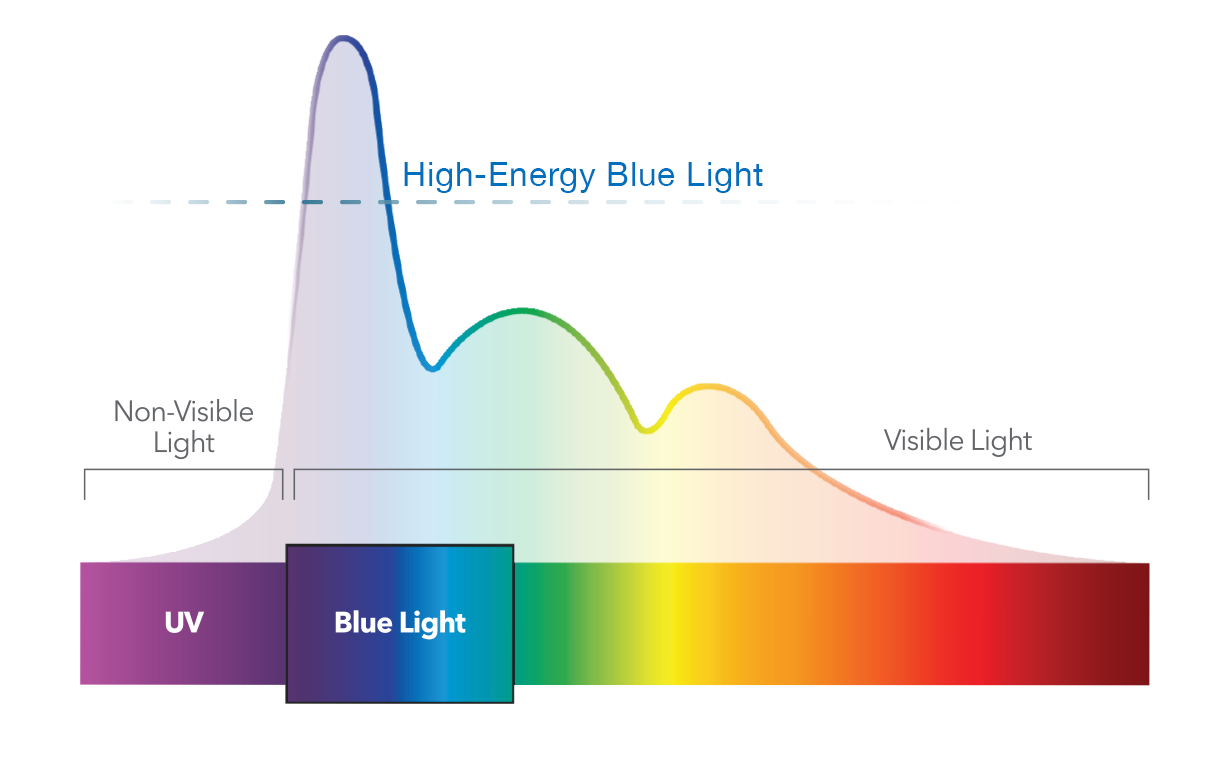
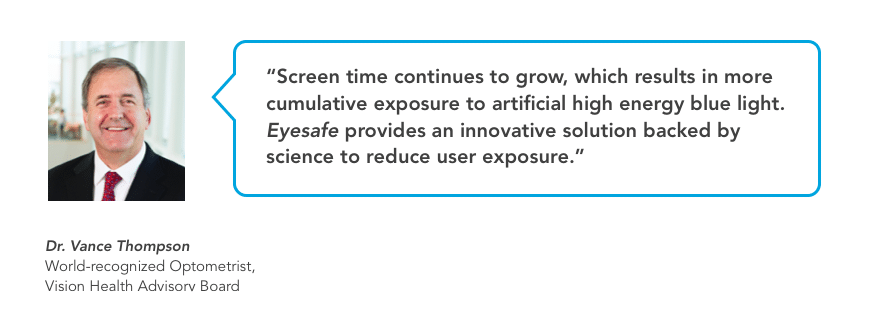
- Blue Light Protection – designed to protect from the harmful high-energy blue light.
- Beautiful Color – unparalleled color quality accuracy while filtering the blue spectrum.
- Developed with Doctors – developed with input from leaders in the healthcare community.
Developed in Collaboration with Eye Care Professionals
Dell Eyesafe® was developed with health in mind, with input from world-
Others Impact Color and Brightness
Filters for devices and other digital displays typically provide an overall amber or yellow tint. Some filters claim blue light filtering without altering the color gamut of the displays, although the specificities of these filters have to be carefully examined as some do not actually block efficiently the harmful spectrum from 415-455nm. The solution can help users receive less blue light emission from the device, however, the downside effect is a major loss of color integrity and clarity. Users can turn on and off the function per the different applications; however, this remains uncomfortable for many users as a result of color distortion. Comparatively, Dell Eyesafe® selectively filters the harmful blue light spectrum, while maintaining crisp and vivid color transmission from the display.
About Healthe & Eyesafe TechnologyIn partnership with the eye and healthcare community, electronic manufacturers and standards organizations, Healthe develops health-first technologies, standards and products. Healthe is a global supplier of Eyesafe® blue light filtering technology for the world’s leading device manufacturers. Eyesafe and the associated intellectual property portfolio was developed by world-class engineers and a team with decades in electronics, display materials, and light management to selectively filter UV and high-energy visible (HEV) blue light while maintaining color quality. Similar to sunscreen, Eyesafe has an RPF® or Retina Protection Factor rating which corresponds to the amount of blue light energy filtered. Based in Minneapolis, Minnesota, Healthe works to develop technologies and standards in conjunction with the Eyesafe Vision Health Advisory Board including leading ophthalmologists and optometrists. To learn more about Healthe and Eyesafe® technology, please visit Eyesafe.com.
Sources
- 1. Actual results may vary.
- 2. 2016 Nielsen Audience Report, 1Q Report, http://www.nielsen.com/us/en/insights/reports/2016/the-total-audience-report-q1-2016.html, June 27, 2016.
- 3. American Psychological Association, Children and Electronic Media: How Much is Too Much? http://www.apa.org/pi/about/newsletter/2015/06/electronic-media.aspx, June 2015.
- 4. Progress in Retinal and Eye Research, Light-emitting diodes, (LED) for domestic lighting: Any risks for the eye? F. Behar-Cohen, https://www.ncbi.nlm.nih.gov/pubmed/21600300, May 14, 2011.
- 5. American Optometric Association, The 21st Century Child: Increased Technology Use May Lead to Future Eye Health and Vision Issues www.aoa.org/newsroom/the-21st-century-child-increased-technology-use-may-lead-to-future-eye-health-and-vision-issues, July 28, 2015.
- 6. Eyesafe.com/Research.
- 7. Proceedings of the National Academy of Sciences of the United States of America, Evening use of light-emitting eReaders negatively affects sleep, circadian timing, and next-morning alertness, Chang AM, Aeschbach D, Duffy JF, Czeisler CA, http://www.pnas.org/content/112/4/1232.abstract, November 26, 2014.
- 8. NPJ Aging Mechanisms of Disease, Hatori M, et al. Global rise of potential health hazards caused by blue light-induced circadian disruption in modern aging societies. https://www.nature.com/articles/s41514-017-0010-2, June 16, 2017.
- 9. Gianluca T, Ian F, Kazuo T, Effects of Blue Light on The Circadian System and Eye Physiology, https://www.ncbi.nlm.nih.gov/pmc/articles/PMC4734149/, January 24, 2016.
- 10. PLOS One, Phototoxic Action Spectrum on a Retinal Pigment Epithelium Model of Age-Related Macular Degeneration Exposed to Sunlight Normalized Conditions, http://journals.plos.org/plosone/article?id=10.1371/journal.pone.0071398, August 23, 2016
